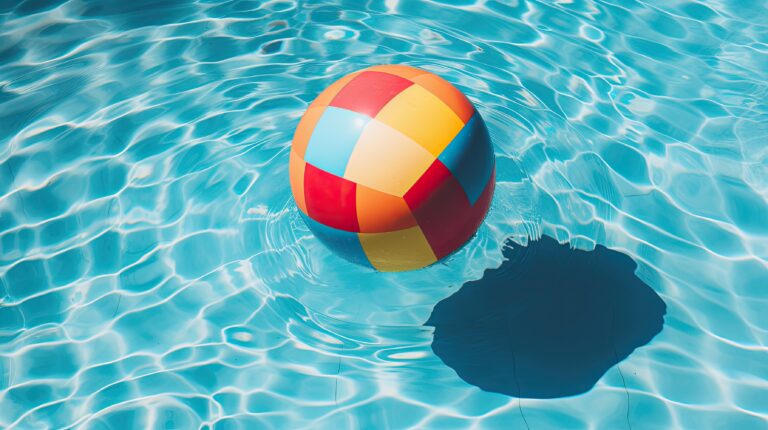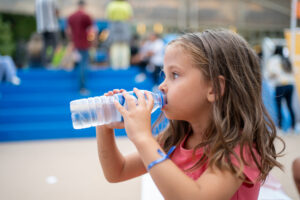Introduction to Water Play
Water play involves any activity that allows children to interact with water, such as splashing, pouring, and scooping water.
It can take place in a variety of settings, including pools, beaches, and even in the bathtub. Water play is a popular activity among children of all ages, and it is not only fun but also has several benefits.
Understanding the Benefits of Water Play
Water play provides a multisensory experience for children, which stimulates their senses and promotes their overall development.
It helps children develop their motor skills, coordination, and balance.
Water play also promotes cognitive development, as children learn about the properties of water and how it behaves.
Water play encourages creativity and imagination, as children explore different ways to interact with water.
The Importance of Play in Water for Children’s Learning
Play is a crucial component of early childhood education. It is through play that children learn about the world around them and develop important skills.
Water play is a great way to incorporate play into children’s learning. It provides a fun and engaging activity that promotes learning and development.
Children learn through hands-on experiences, and water play allows them to explore different concepts, such as cause and effect, buoyancy, and water flow.
Water Play Area: A Great Learning Environment
Creating a water play area for your children can provide a great learning environment. It can be as simple as filling a small pool with water or as elaborate as installing a water feature in your backyard.
The key is to provide a safe and engaging space for children to play and learn. A water play area can be set up indoors or outdoors, depending on the available space and resources.
The Science Behind Water Play
Water play is not just fun, but it also has a scientific basis. Children learn about the properties of water, such as its ability to flow, its buoyancy, and its effects on objects.
They also learn about the concept of cause and effect, as they discover how different actions can cause different reactions in water. Water play can also be used to teach children about simple machines, such as pulleys and levers, as they experiment with different tools and objects in the water.
How to Create a Water Play Area for Your Children
Creating a water play area for your children is easier than you might think. It can be as simple as filling a small pool with water or as elaborate as installing a water feature in your backyard. Here are some tips to help you create a water play area for your children:
Choose a safe location: Make sure the area you choose for your water play area is safe and free from hazards.
Select the right equipment: You can use any container that holds water, such as a plastic pool, a bucket, or a basin. You can also add water toys, such as boats, cups, and watering cans.
Provide supervision: Always supervise your children when they are playing in the water to ensure their safety.
Safety Measures for Water Play Areas
Water play can be a fun and safe activity as long as you follow some basic safety precautions. Here are some safety measures to consider when creating a water play area:
Provide adult supervision: Always supervise your children when they are playing in the water.
Use appropriate equipment: Make sure the equipment you use is age-appropriate and safe.
Teach water safety: Teach your children about water safety, such as not running near the pool and not diving into shallow water.
Water Play Activities for Toddlers and Preschoolers
Water play activities can be tailored to different age groups. Here are some water play activities for toddlers and preschoolers:
Pouring and scooping: Provide your child with different containers and toys to scoop and pour water.
Bath time play: Allow your child to play with toys in the bathtub or shower.
Sensory play: Add items such as sponges, bubbles, and water beads to the water for a sensory experience.
Learning Opportunities in Water Play
Water play provides many learning opportunities for children. Here are some concepts that children can learn through water play:
Buoyancy: Children can learn about buoyancy by experimenting with different objects in the water.
Volume and measurement: Children can learn about volume and measurement by filling and emptying containers of different sizes.
Cause and effect: Children can learn about cause and effect by observing how water behaves when different actions are taken.
Conclusion: Making a Splash in Your Child’s Education
In conclusion, water play is a fun and engaging activity that provides many benefits for children.
It promotes physical, cognitive, and social-emotional development, as well as creativity and imagination.
Creating a water play area for your children can provide a great learning environment that encourages exploration and discovery.
With the proper safety measures in place, water play can be a safe and enjoyable activity for children of all ages.
So go ahead, make a splash in your child’s education with a water play area!












